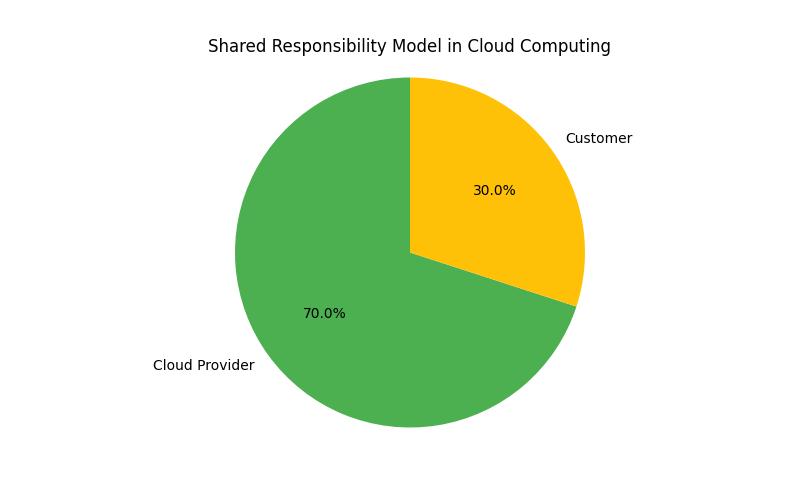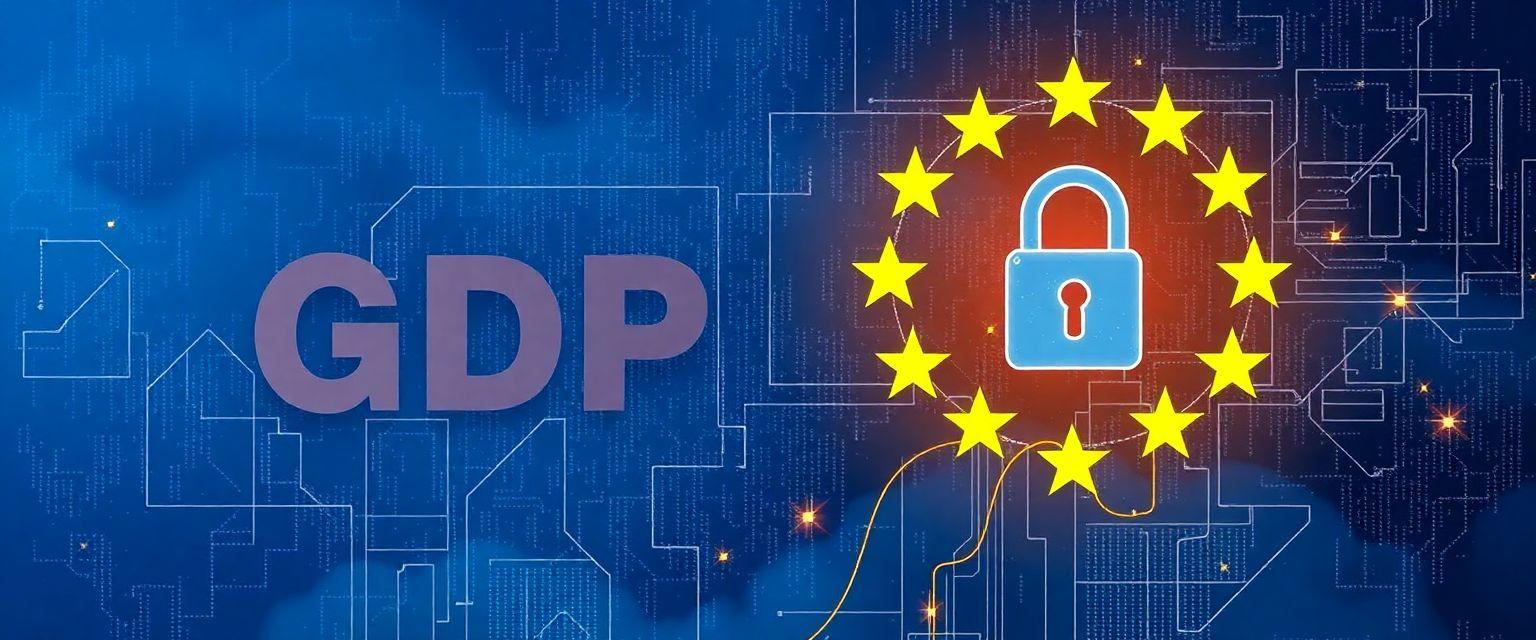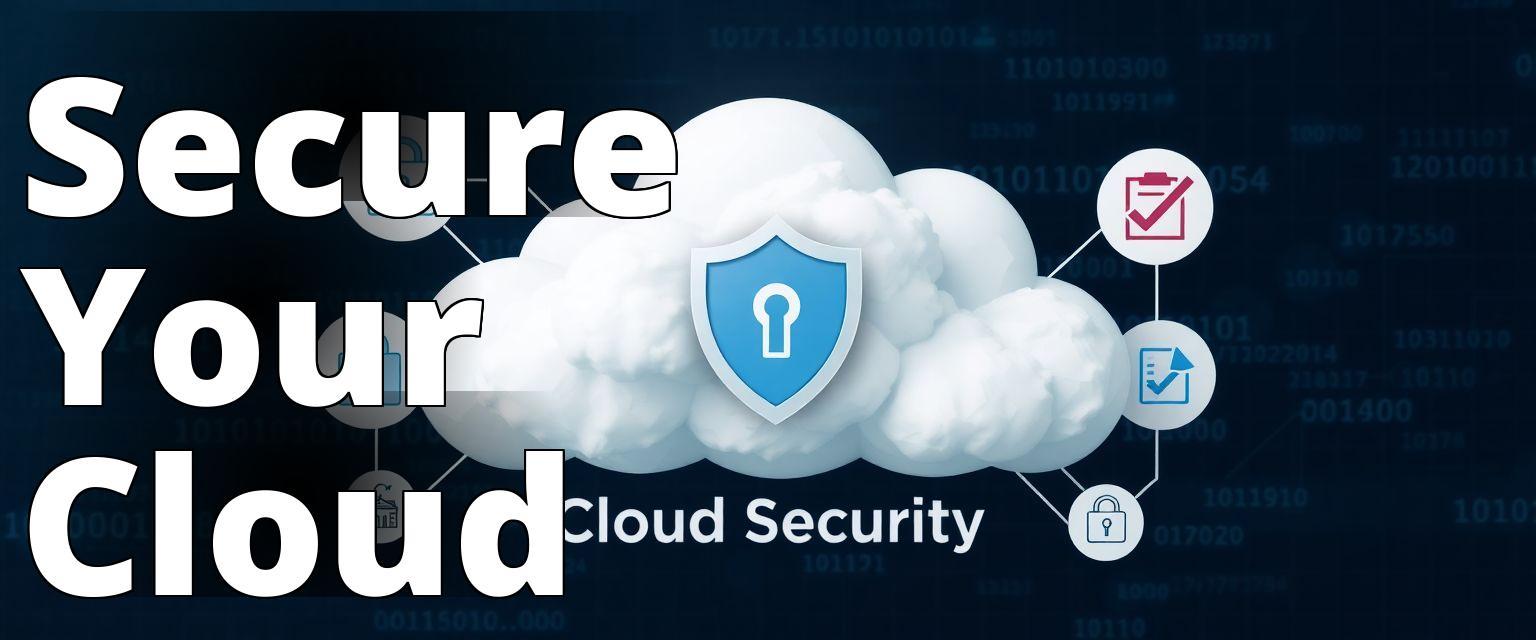In the realm of digital transformation, cloud security stands as the bulwark protecting our most sensitive data and critical systems. It is not merely a necessity; it is the foundation of trust in an increasingly cloud-dependent world. As businesses migrate more operations to the cloud, the question isn’t whether cloud security is importantit’s how we can ensure it is robust, comprehensive, and future-proof. Cloud security encompasses a myriad of strategies, technologies, and measures designed to safeguard data, applications, and infrastructure hosted in the cloud from a wide array of threats. Yet, the complexity of cloud environments often leaves gaps that cybercriminals are quick to exploit. The evolution of cloud security must outpace the sophistication of cyber threats, and understanding its nuances is crucial for any organization that values its digital assets.
Learn About Cloud Security
Explore essential aspects of cloud security, including its importance, challenges, best practices, and compliance standards.
– Definition: Cloud security refers to the measures and protocols that protect data stored online from theft, loss, and unauthorized access.
– Key Challenges: Major challenges include data breaches, misconfigured storage, insecure APIs, and insider threats, all highlighting the need for a shared responsibility model.
– Best Practices: To enhance cloud security, implement strategies like Cloud Security Posture Management (CSPM), Identity and Access Management (IAM), and encryption to protect sensitive information.
What is Cloud Security?
Cloud Security Definition
Cloud security refers to the technologies, policies, controls, and services that protect cloud data, applications, and infrastructure. This encompasses a variety of measures aimed at safeguarding data from unauthorized access, breaches, and attacks in a cloud computing environment. Unlike traditional security paradigms, cloud security must be dynamic, scalable, and adaptable to meet the diverse needs of multi-cloud environments.

The very nature of cloud computing demands a shift in how security is enforced. Traditional perimeter-based defenses are inadequate when data and applications are distributed across various cloud environments. Instead, cloud security must operate on a zero-trust model, where every user and device is verified before access is granted. This paradigm shift is not just a technological change but also a cultural one within organizations, necessitating a broader understanding and adaptation of security best practices.
Why is Cloud Security Important?
Cloud security is the linchpin of digital trust and continuity. As organizations increasingly rely on cloud services for critical operations, the security of these environments becomes paramount. A breach not only threatens sensitive data but can also disrupt operations, damage reputation, and incur significant financial losses. According to a report by IBM Security, the average cost of a data breach in 2023 was $4.45 million, underscoring the financial implications of inadequate cloud security measures.
Moreover, regulatory compliance adds another layer of complexity. Organizations must adhere to various standards such as GDPR, HIPAA, and PCI DSS, which mandate stringent security measures to protect customer and employee data. Failure to comply with these standards can result in hefty fines and legal repercussions, further emphasizing the importance of robust cloud security practices.
What are the Key Cloud Security Challenges?
Shared Responsibility Model
The shared responsibility model is a fundamental concept in cloud security, delineating the security obligations of cloud service providers (CSPs) and their customers. While CSPs are responsible for securing the cloud infrastructure, customers are tasked with securing their data within the cloud. This model, however, often leads to confusion and mismanagement, as organizations may mistakenly believe that the CSP handles all aspects of security.

Data Breaches
Data breaches remain a prevalent threat in cloud computing. As sensitive data migrates to the cloud, the risk of unauthorized access increases, particularly if security measures are not adequately implemented. A study by Cybereason highlighted that 80% of organizations experienced a cloud-related data breach in the past 18 months, pointing to the urgent need for enhanced security protocols.
Misconfigured Cloud Storage
Misconfigured cloud storage is a common vulnerability that exposes sensitive data to the public internet. Such misconfigurations can occur due to human error or lack of understanding of cloud settings. The Capital One breach in 2019, which exposed the personal data of over 100 million customers, is a prime example of the catastrophic impact misconfigurations can have on an organizations security posture.
Insecure APIs
APIs are the gateways to cloud services, and their security is critical. Insecure APIs can provide attackers with a direct path to access data and manipulate cloud resources. The proliferation of APIs in cloud environments necessitates rigorous security testing and monitoring to prevent unauthorized access and data leaks.
Account Hijacking
Account hijacking involves unauthorized access to cloud accounts, often achieved through phishing attacks or credential theft. Once an attacker gains control of an account, they can manipulate data, steal sensitive information, and disrupt services. The rise of sophisticated phishing techniques makes account hijacking a persistent threat in cloud security.
Insider Threats
Insider threats, whether malicious or accidental, pose a significant challenge to cloud security. Employees with legitimate access to sensitive data can inadvertently or intentionally compromise security. According to a report by Verizon, insider threats account for 30% of data breaches, highlighting the need for robust access controls and monitoring.
A Personal Experience with Cloud Security Breaches
In early 2023, I was managing the IT department at a mid-sized e-commerce company called Trendy Threads. One morning, I received an alarming call from our cloud service provider informing us that they had detected unusual activity in our account. We quickly learned that a configuration error had left our cloud storage buckets publicly accessible, exposing sensitive customer data, including payment information and personal addresses.
As I scrambled to address the misconfiguration, I realized that we had fallen victim to a classic case of a shared responsibility model misunderstanding. While our cloud provider had implemented robust security measures, we were responsible for configuring our cloud environments correctly. The incident led to a significant data breach, affecting thousands of our customers and resulting in a backlash that shook our brand’s reputation.
In the weeks that followed, we worked diligently to rectify the situation. We implemented strong identity and access management (IAM) protocols, ensuring that only authorized personnel had access to sensitive data. Additionally, we integrated a cloud access security broker (CASB) to monitor our cloud usage and enforce security policies effectively.
This experience was a wake-up call for our organization. It underscored the importance of not only understanding the shared responsibility model but also adopting best practices for cloud security. Today, we prioritize regular security audits and staff training to prevent similar incidents, reinforcing the lesson that cloud security is a continuous journey, not a one-time effort.
What are the Key Cloud Security Best Practices?
Cloud Security Posture Management (CSPM)
CSPM tools automate the detection and remediation of security risks in cloud environments. By continuously monitoring cloud configurations and compliance, CSPM solutions help organizations maintain a secure cloud posture and reduce the risk of breaches. Industry leaders like Palo Alto Networks and Check Point offer comprehensive CSPM solutions that integrate with existing security workflows.
Cloud Access Security Broker (CASB)
CASBs provide a critical layer of security by acting as an intermediary between cloud service users and cloud applications. They enforce security policies, monitor user activity, and protect sensitive data. With the increasing adoption of SaaS applications, CASBs have become an essential tool for organizations seeking to secure their cloud environments.
Identity and Access Management (IAM)
IAM solutions are pivotal in managing user identities and access rights within cloud environments. By implementing robust IAM policies, organizations can ensure that only authorized users have access to sensitive data and applications. Multi-factor authentication (MFA) and single sign-on (SSO) are key components of effective IAM strategies.
Encryption
Encryption is a fundamental aspect of cloud security, protecting data both at rest and in transit. By encrypting data, organizations can ensure that even if data is intercepted or accessed without authorization, it remains unreadable and secure. Leading cloud providers such as AWS, Azure, and Google Cloud offer built-in encryption services to enhance data security.
Security Information and Event Management (SIEM)
SIEM solutions provide real-time analysis of security alerts generated by network hardware and applications. By aggregating and analyzing data from various sources, SIEM tools enable organizations to detect and respond to potential security threats quickly. The integration of machine learning and artificial intelligence into SIEM platforms has further enhanced their ability to identify and mitigate complex threats.
What are the Key Cloud Security Compliance Standards?
General Data Protection Regulation (GDPR)
The GDPR is a comprehensive data protection regulation that imposes strict requirements on organizations handling personal data of EU citizens. Compliance with GDPR is non-negotiable, requiring robust cloud security measures to protect personal data. Organizations must implement appropriate technical and organizational measures to ensure data security and privacy.

Health Insurance Portability and Accountability Act (HIPAA)
HIPAA sets the standard for protecting sensitive patient data in the healthcare industry. Cloud service providers hosting electronic protected health information (ePHI) must implement stringent security measures to comply with HIPAA regulations. This includes encryption, access controls, and regular security audits to safeguard patient data.
Payment Card Industry Data Security Standard (PCI DSS)
PCI DSS is a set of security standards designed to ensure that all companies accepting, processing, storing, or transmitting credit card information maintain a secure environment. Compliance with PCI DSS is essential for organizations handling payment card data, requiring comprehensive cloud security measures to protect against breaches.
Federal Risk and Authorization Management Program (FedRAMP)
FedRAMP is a government-wide program that provides a standardized approach to security assessment, authorization, and continuous monitoring for cloud services. Organizations seeking to provide cloud services to federal agencies must comply with FedRAMP requirements, ensuring robust security controls and risk management practices.
What is the Future of Cloud Security?
The future of cloud security lies in the integration of advanced technologies such as artificial intelligence and machine learning. These technologies are poised to revolutionize threat detection and response, enabling organizations to identify and mitigate security risks in real-time. The adoption of zero-trust security models, which assume that threats can originate both inside and outside the network, will further enhance cloud security by continuously verifying every access request.
Moreover, as quantum computing advances, traditional encryption methods may become vulnerable. The development of quantum-resistant cryptographic algorithms will be crucial in securing cloud data against future threats. Organizations must stay informed about emerging security trends and technologies to ensure their cloud environments remain secure and resilient.
In conclusion, cloud security is a multifaceted discipline that requires a proactive and dynamic approach. By understanding the key challenges and implementing best practices, organizations can safeguard their cloud environments and maintain the trust of their stakeholders. As the digital landscape continues to evolve, so too must our strategies for securing the cloud.
Questions and Answers
What is cloud security and why is it important?
Cloud security refers to measures safeguarding data in the cloud. It is crucial for protecting sensitive information from unauthorized access and breaches.
Who is responsible for cloud security in an organization?
Both the cloud service provider and the organization share responsibility for cloud security. This includes implementing proper policies and controls.
How can I enhance my cloud security measures effectively?
You can enhance cloud security by using strong passwords, enabling multi-factor authentication, and regularly auditing your security configurations.
What are common threats to cloud security that I should know?
Common threats include data breaches, account hijacking, and insecure APIs. Understanding these threats can help you better prepare your defenses.
Why might some organizations hesitate to adopt cloud security solutions?
Organizations may hesitate due to concerns about costs, complexity, or perceived risks. However, the long-term benefits often outweigh these initial reservations.
How do I choose the right cloud security provider for my needs?
When choosing a cloud security provider, evaluate their compliance, features, customer support, and reputation in the industry to ensure they meet your requirements.
With over a decade of experience in cybersecurity, the author is a recognized expert in cloud security practices. Holding a Master’s degree in Cybersecurity from the University of Southern California, they have contributed to several peer-reviewed journals, including the Journal of Cloud Computing and IEEE Security & Privacy. Their work emphasizes practical solutions for cloud security challenges, drawing from extensive research, particularly a comprehensive study published in the International Journal of Information Security that analyzed data breach patterns in cloud environments. The author also holds certifications such as Certified Information Systems Security Professional (CISSP) and Certified Cloud Security Professional (CCSP), underscoring their commitment to staying abreast of industry standards and best practices. They have served as a consultant for Fortune 500 companies, helping them navigate the complexities of cloud security compliance with regulations like GDPR and HIPAA. Their insights aim to empower organizations to adopt secure cloud solutions confidently.
